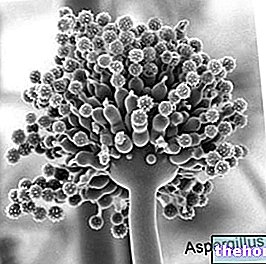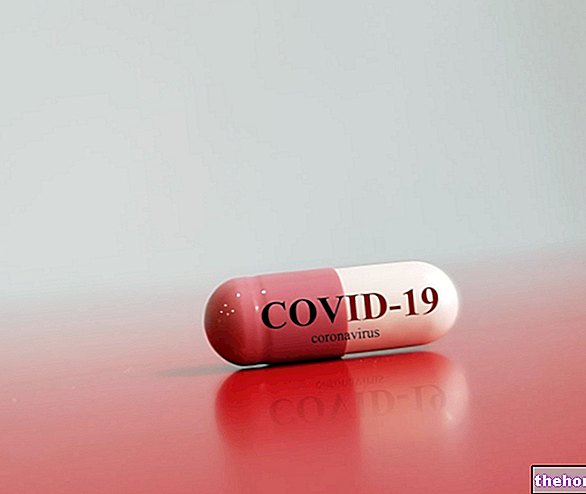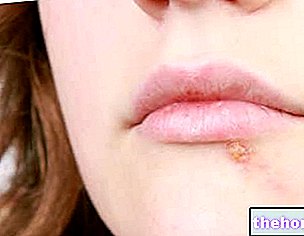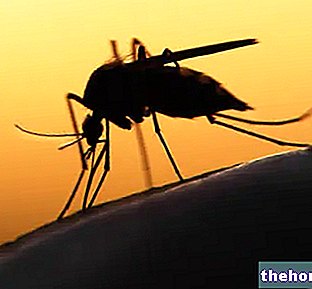
For individuals less than 60 years of age who have already taken the first dose of Vaxzevria, however, the CTS recommended taking the second dose with an mRNA vaccine, thus resorting to heterologous vaccination.These recommendations were accepted by the Ministry of Health which then issued an "ordinance on the matter.
Subsequently, on June 14, 2021, the AIFA (Italian Medicines Agency) approved the decisions of the CTS and the Ministry of Health, pointing out that the second dose with an mRNA vaccine can take place 8-12 weeks after the administration of the vaccine by AstraZeneca (the AIFA press release is available by clicking here).
"and the UK study" Com-VOC ". Both studies were conducted on participants who received the first dose of Vaxzevria and the second dose of Comirnaty (Pfizer / BioNTech).
CombiVacS study
The researchers who conducted the Phase 2 clinical study CombiVacS published, at the end of May, a preliminary version of the research in which it is reported that, after the second dose carried out with a different vaccine (Comirnaty) from that administered in the first dose (Vaxzevria ), study participants (all under 60 years of age) developed higher levels of antibodies against SARS-CoV-2 than the control group that did not receive heterologous vaccination.
However, although it appears that heterologous vaccination may induce a more marked immune response than that induced by homologous vaccination with Vaxzevria, further investigation is needed. Furthermore, it is not yet clear whether the immune response induced by heterologous vaccination may be more relevant than that obtained by homologous vaccination with mRNA vaccines.
Com-COV studio
The study conducted in the United Kingdom also investigated the effects of heterologous vaccination carried out with the first dose of Vaxzevria and the second dose of Comirnaty, but on a smaller number of participants than the Spanish one.
However, even in this case, the researchers reported a significant immune response, however, warning against excessive enthusiasm and calling for caution while waiting for more data.
The study also highlighted a greater recurrence of undesirable effects following heterologous vaccination, although these are effects normally reported with the administration of vaccines, such as pain at the injection site, fever, muscle aches, fatigue and headache. The increase in the onset of these effects could indicate a greater immune response (booster effect), but the reduced number of participants in the study does not allow to draw conclusions in this sense.




























